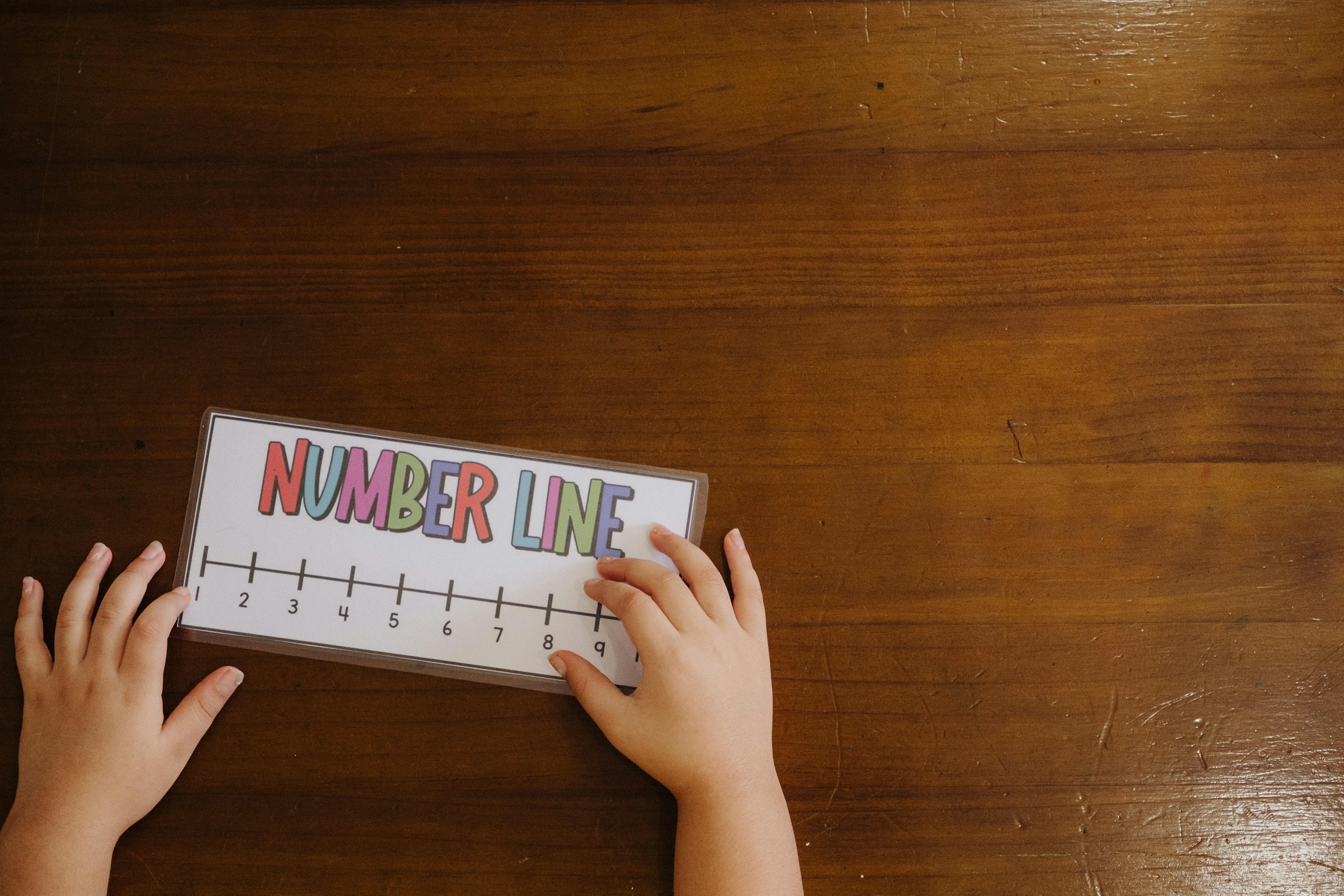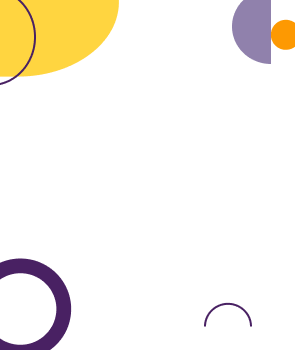by Rachel Wells
Math in early childhood isn’t about learning rote facts (like how much 3+3 equals) but about engaging children in open-ended exploration that shows math in real life scenarios.
When kids see that math exists all around them, they begin to see that it isn’t something to fear, but a natural way for us to understand the world. Preschool aged children can learn so many mathematical concepts through everyday actions, activities, and conversations.
Here are 8 simple ways you can incorporate math into your preschool classroom.
Use Math Language
Whenever you can, use descriptive words like more, less, equal, empty, full, half, longer, shorter, heavier, lighter, faster, slower, over, under, between, above, below, etc.
Collect data together – graph the weather, your students’ favorite colors, or anything else your students seem interested in. After collecting your data be sure to talk about what you found out together.
During playtime ask questions like “How many ways can you arrange these blocks?” or “What would happen if we add more?” These types of questions encourage critical thinking and mathematical reasoning skills.
Head Outside
There are so many math conversations that can be had on the playground.
“How many swings are there?”
“How many balls are in the basket to play with?”
“Who is the third person in line for the slide?”
You can even have students line up at the door using math before you head outside. Ask students to line up from shortest to tallest, two by two to see how many pairs you have, or in a boy/girl or AB pattern.
Storytime
Storybooks that incorporate counting and number concepts are a powerful tool for teaching math in early childhood. Check out a few favorites below:
The Missing Pairs by Yvonna Ivinson
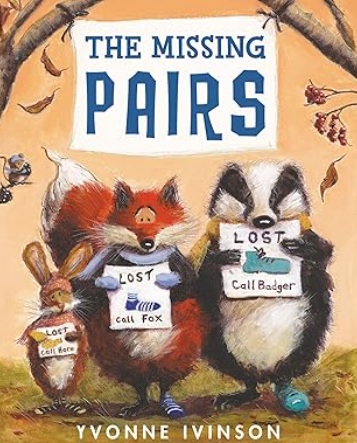
The Doorbell Rang by Pat Hutchins
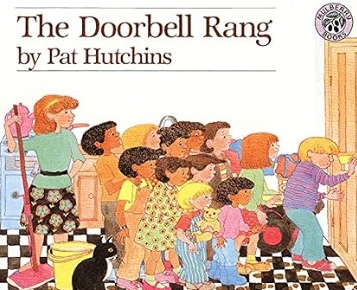
Pete the Cat and His Four Groovy Buttons by Eric Litwin
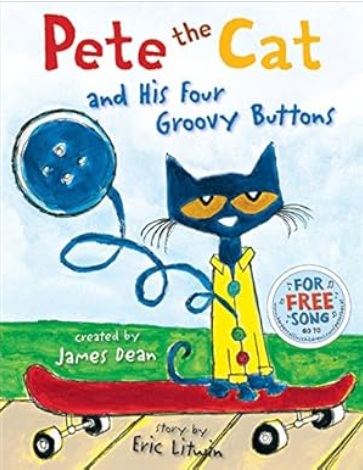
Inch by Inch by Leo Lionni
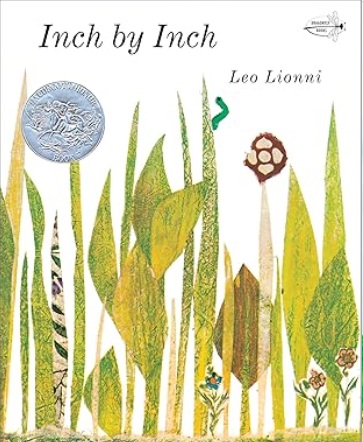
Rooster’s Off to See the World by Eric Carle
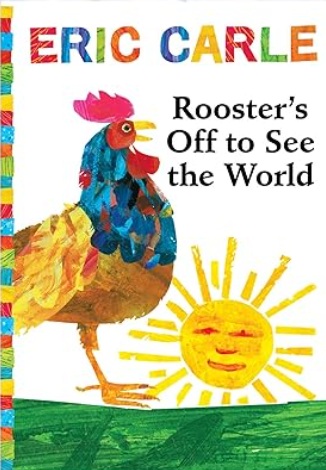
Pigeon Math by Asia Citro
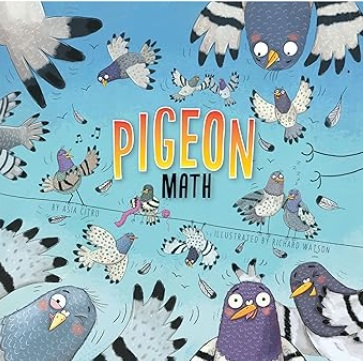
Seeing Symmetry by Loreen Leedy
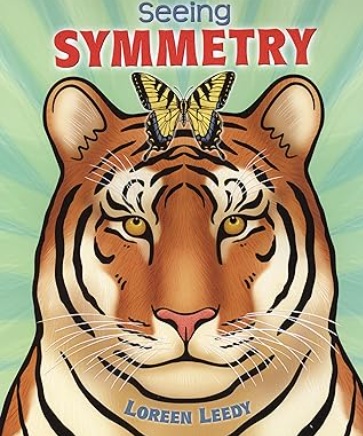
Whole-y Cow Fractions are Fun by Taryn Souders
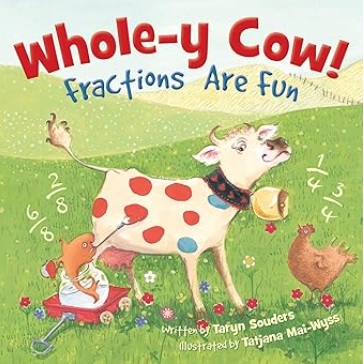
Count Everything
Counting shows children how every number represents a specific quantity, while preparing them for basic addition and subtraction. Invite students to count how many steps it takes to get from one place to another, how many blueberries you put on their plate for snack, or how many blocks they are stacking.
Point Out Shapes
Whether children are playing with toys, reading books, or eating snack, there are opportunities to identify shapes all around us! Point out that their snack crackers are shaped like squares, or that the rug in the classroom is an oval. Once students have learned basic shapes talk about 3D shapes around you as well.
Create Art
Origami teaches geometry, mirror image drawings teach symmetry, folding paper can teach sides and angles, and connect the dots can teach number order.
Use Music
Songs and rhymes are another powerful way to teach preschoolers math concepts.
These YouTube channels are filled with awesome math songs:
Jack Hartmann Kids Music Channel
Scratch Garden
NumberRock
Play Games
Games like UNO, Chutes and Ladders, Candy Land, War, Shut the Box, and Number Go Fish, teach math skills in such a fun and easy way that kids don’t even realize they’re learning.
Math in preschool is all about exploration and meaningful experiences through everyday activities. What are some of your favorite math activities for young learners?

